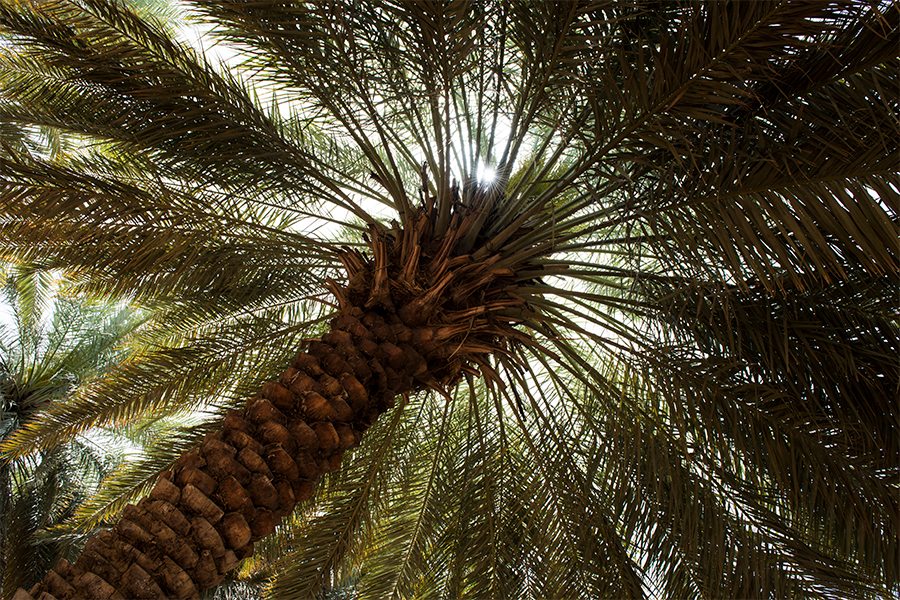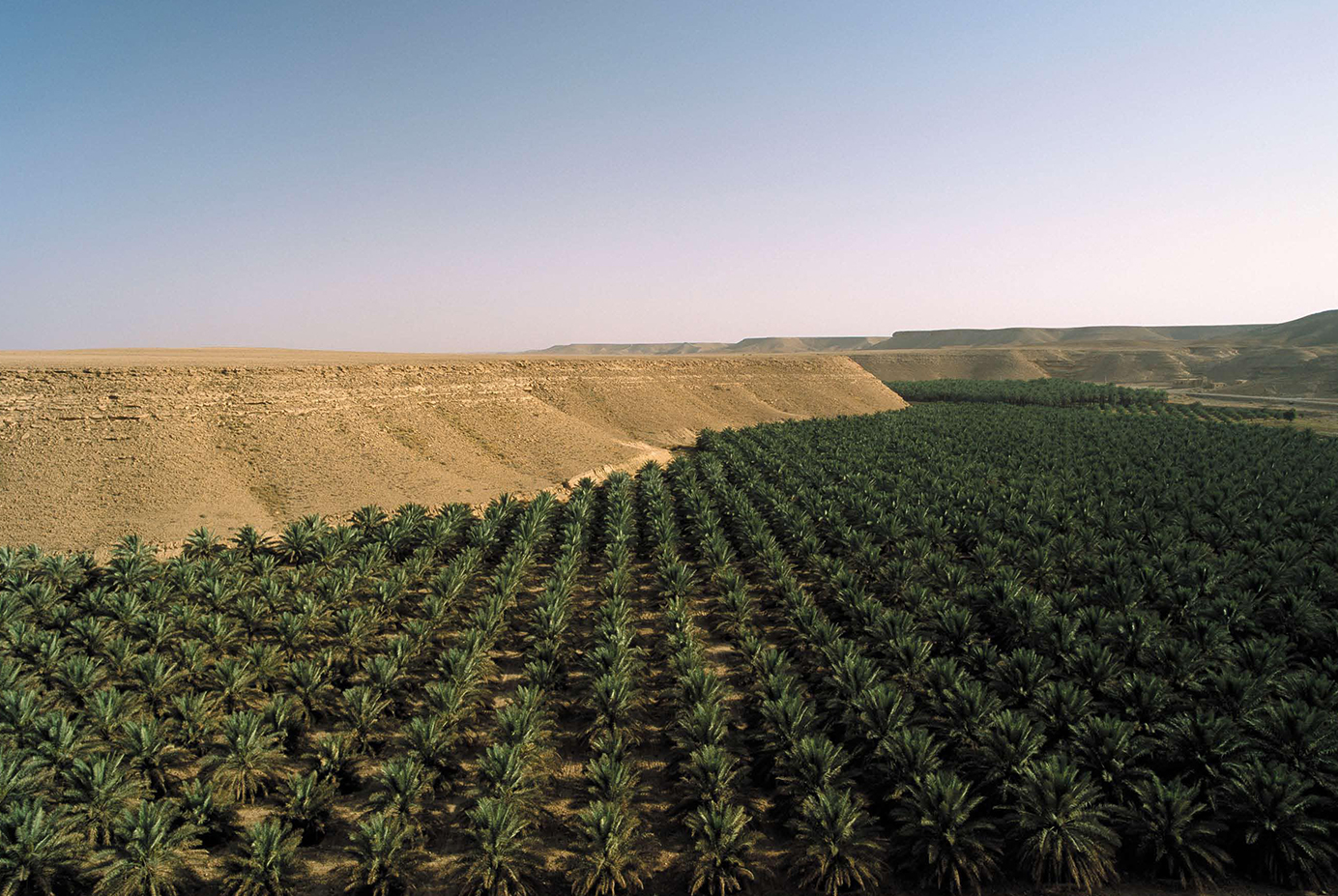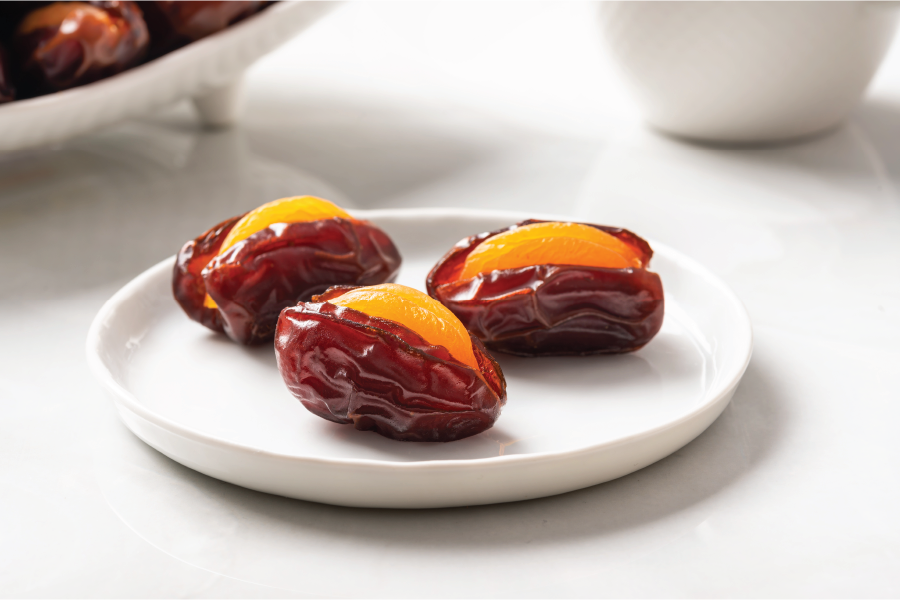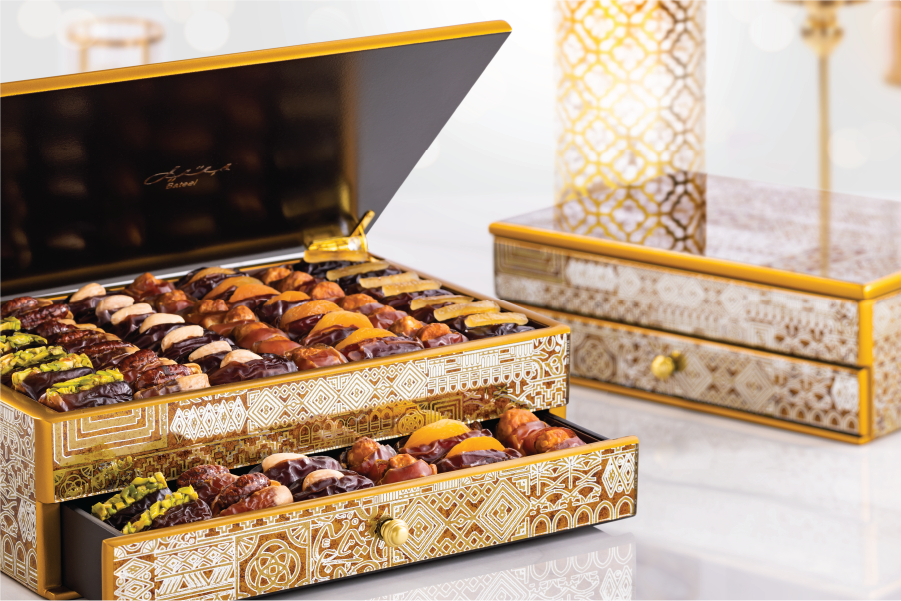The date palm tree, scientifically called as Phoenix dactylifera is one of the oldest flowering species cultivated for its sweet fruit. It is grown extensively across the Middle East, North Africa (MENA) and Southern Asia region. The edible date fruit and other date palm products have contributed to the food security and livelihood of the population in these regions providing sustenance for over 5000 years. Dates have been a staple food since time immemorial.
Recently, the Food and Agriculture Organisation (FAO) Council approved Saudi Arabia’s proposal to declare the year 2027 as the International Year of Date Palm. This day would contribute to raising awareness of the suitability for sustainable cultivation of date palm trees under adverse climatic conditions and empower business to develop agribusiness system that includes crop byproducts.
Origin
Owing to a long history of date cultivation, the exact place of origin of the date palm is uncertain. Fossil records show that the date palm has been in existence for at least 50 million years. Evidence suggests that it originated from the Fertile Crescent region (current Iraq). In the early 18th-19th century, Spanish missionaries facilitated the dissemination of the date palm over the world, bring it to North America.

Cultivation
Dates are currently cultivated in many regions and countries across the globe. According to a recent report, the country of Egypt is the world leader in date production, producing a volume of 1.6 million metric tons. It is followed by Saudi Arabia, Iran and Algeria contributing generously to the total world harvest.
In 2005, a team of scientists attempted to sprout a preserved date palm tree seed aged 2000 years. Successfully resulting in the oldest verified human-assisted germination of a seed. The palm tree was named Methuselah, after the Biblical figure that lived to the age of 969 years. After this achievement six more preserved seeds were sprouted in a similar manner. Upon maturity, the pollen from Methuselah was used to pollinate a modern female plant which later produced fruits.
A fully grown date palm can reach heights of 15-25 meters with a trunk made of strong cellulose fibres. These trees begin to provide fruit after four to five years and can live as long as 150 years. Each tree can produce up to 150 kilograms of fruit each year. There are many date palm varieties that exist globally, in fact, date palms cover 3% of the earth’s cultivated surface.
Date palm trees thrive in warm, dry or humid climates. To grow a date palm at home, collect date seeds and soak into cool water to remove any excess fruit particles. A damp towel can then be used to germinate the seeds. Once sprouts appear, the seeds are ready to plant. Palm soil mixture or well-draining sandy soil is ideal for planting date seeds. Regular care and patience are required as the plants may take up to four years to mature.
Uses of the date palm tree
The date palm tree offers fruit, fibre, sheltering material, and fuel demonstrating its versatility and great importance.
- The trunk furnishes timber and leaves provide roofing materials
- The leaflets are used in making baskets
- Leaf bases and fruit stalks are utilised for fuel and rope
- Fibres are processed into packing materials
- Seeds are grounded and used as stock feed
- The tender terminal bud can be eaten as salad when a palm tree is felled, also know as palm hearts

Bateel’s Date Farms
Bateel is renowned as the world’s only gourmet date grower, producer, and seller. Nestled in a fertile oasis in the Al Ghat region of Saudi Arabia, over 100,000 date palm trees grow in the historic green valleys of the Tuwayq Mountains. The temperate climate and naturally flowing sweet water for irrigation add a distinct flavour to each Bateel date. Bateel utilises the best farming practices using age-old cultivation techniques to produce 100% organic dates.
Each date palm is watered from the desert wadi. A strategically placed irrigation system enables farmers to recycle and preserve the naturally occurring water. As date palm trees are dioecious, pollination is done using human assistance. Branchlets of male white flowers are placed amongst female blossoms. Once pollinated, the female trees become fruit-bearing after six years. This process requires constant care and attention. The date palm branches are regularly thinned and more than 50% of the fruit is cut away to ensure optimum air circulation and space. This allows the remaining fruits to reach their best potential. Maturing dates are then covered in a ventilated cloth to prevent damage from birds and insects. Bateel harvests about 3,000 tonnes of premium dates on a yearly basis. The dates are handpicked by skilled farmers at the perfect time of the season


